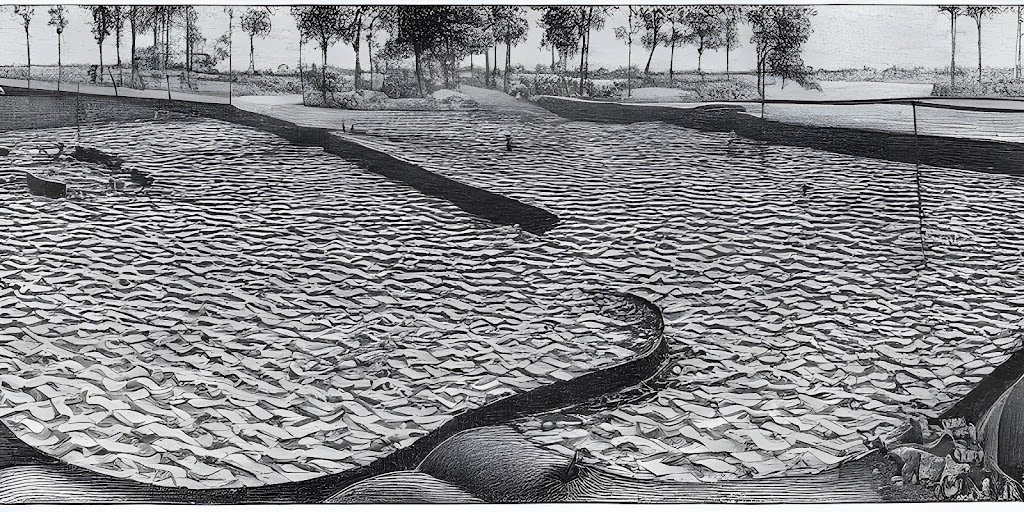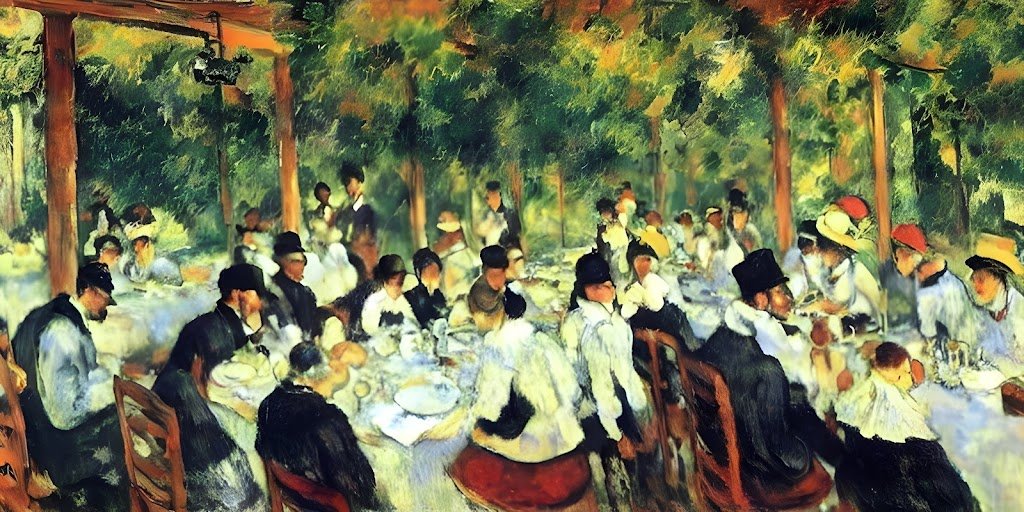Designing a reservoir for irrigation involves determining the optimal size and shape of the reservoir while considering various objectives and constraints. The objective of the reservoir design is to provide sufficient water for irrigation while minimizing the cost and environmental impact of the project. The following are the typical objectives and constraints that need to be considered in designing a reservoir for irrigation:
Objectives:
- Provide sufficient water for irrigation: The reservoir should be designed to store enough water to meet the irrigation needs of the area.
- Minimize costs: The reservoir design should minimize the construction and maintenance costs of the project.
- Minimize environmental impact: The reservoir design should minimize the environmental impact of the project, such as by avoiding disrupting natural habitats or negatively impacting water quality.
- Maximize efficiency: The reservoir design should be efficient in terms of water storage, distribution, and use.
Constraints:
- Available land: The reservoir design should be limited by the available land on which to construct the reservoir.
- Water availability: The reservoir design should take into account the availability of water in the area, such as the amount and timing of rainfall and runoff.
- Legal and regulatory requirements: The reservoir design should comply with legal and regulatory requirements related to water management, land use, and environmental protection.
- Social and cultural considerations: The reservoir design should take into account social and cultural considerations, such as the impact on local communities and the cultural significance of the land.
To design a reservoir for irrigation, a multi-objective optimization approach can be used. This approach involves identifying the objectives and constraints of the project, and then using mathematical models and simulation tools to evaluate the trade-offs between the different objectives and constraints. The optimal design can then be selected based on the results of the analysis.
Here’s an example of how you can use the PuLP library in Python to design a reservoir for irrigation:
# Import necessary libraries
import pulp
# Define problem variables
n_months = 12 # number of months
max_volume = 1500 # maximum volume of reservoir
rainfall = [50, 80, 100, 120, 90, 60, 40, 30, 20, 10, 10, 20] # monthly rainfall
demand = [120, 130, 140, 150, 160, 170, 180, 190, 200, 210, 220, 230] # monthly irrigation demand
# Define the problem
problem = pulp.LpProblem("Reservoir Design Problem", pulp.LpMinimize)
# Define the decision variables
storage = pulp.LpVariable.dicts("Storage", range(n_months + 1), lowBound=0, upBound=max_volume)
release = pulp.LpVariable.dicts("Release", range(n_months), lowBound=0)
# Define the objective function
problem += pulp.lpSum(release)
# Define the constraints
for month in range(n_months):
problem += storage[month] + rainfall[month] - release[month] == storage[month+1]
problem += release[month] >= demand[month]
# Define the initial storage constraint
problem += storage[0] == 0
# Solve the problem
problem.solve()
# Print the results
print("Status:", pulp.LpStatus[problem.status])
print("Optimal Storage Volume:")
for month in range(n_months + 1):
print(f"Month {month}: {storage[month].varValue}")
print("Optimal Release:")
for month in range(n_months):
print(f"Month {month}: {release[month].varValue}")
print("Objective Function Value:", pulp.value(problem.objective))In this example, we define the problem variables including the number of months, the maximum volume of the reservoir, the monthly rainfall, and the monthly irrigation demand. We then define the problem using the PuLP library and define the decision variables, objective function, and constraints. We solve the problem using the solve() method and print out the optimal storage volume and release for each month as well as the objective function value.
Note that this is just a simple example and can be modified to include additional constraints and variables as needed for your specific problem.


